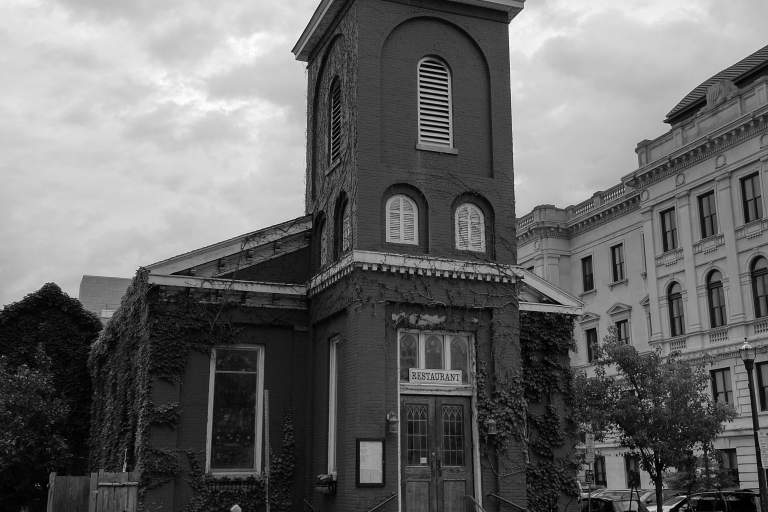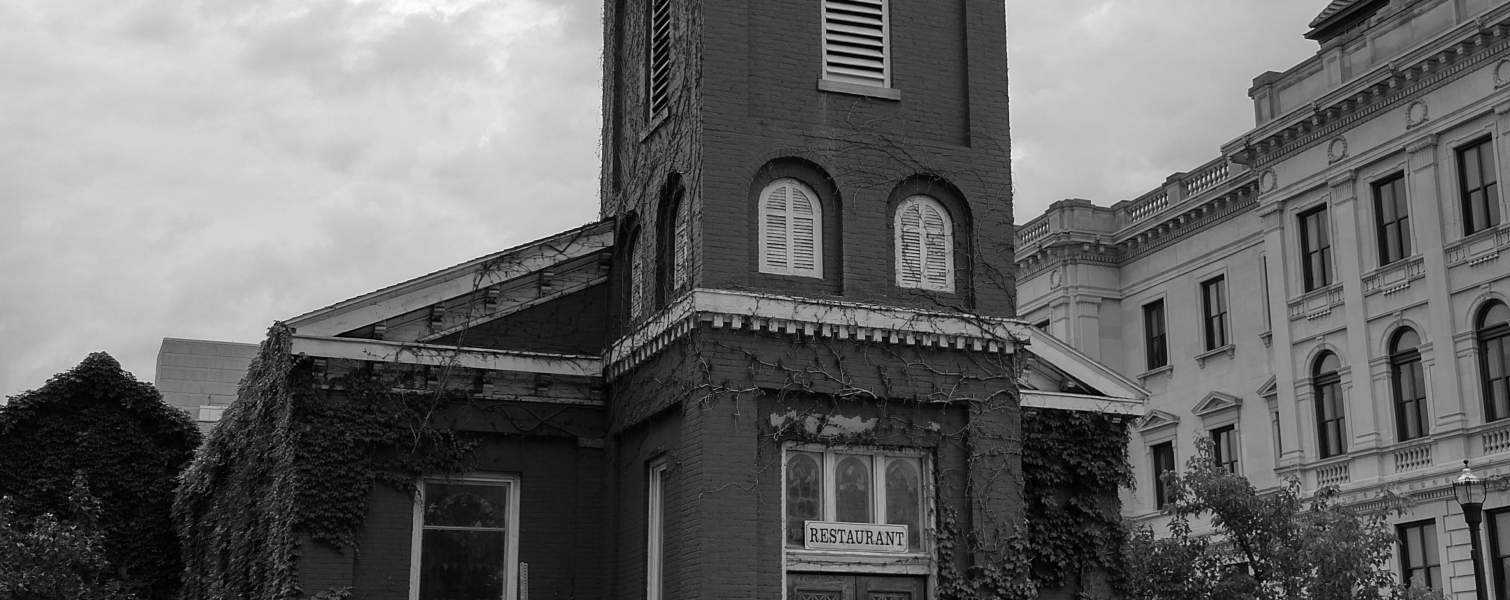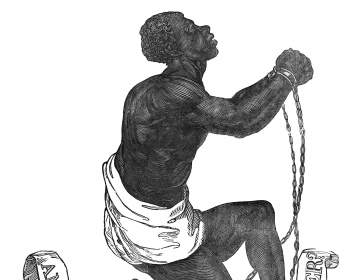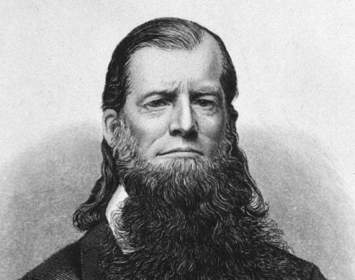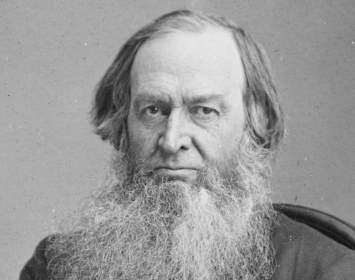On September 30, 1852, a so-called National Liberty Convention was held at Syracuse's Wesleyan Methodist Church. Following the disruptions of the 1848 U.S. presidential election, 1852 marked a turbulent period for abolition as a cause for national political action. Indeed, the primary issue at this convention was whether a remnant of the National Liberty Party should bother nominating its own candidates or endorse the candidates of the Free Democracy, apparently a New York State manifestation of the Free Soil movement.
Among those present were Gerrit Smith, former slave and Syracuse abolition leader Jermain Loguen, and the health reformer, quack physician, and future dress reformer James Caleb Jackson. Those three and six others (including two women, Antoinette Brown and Sophronia Woodruff) were named to the Convention's Business Committee.
The national convention adjourned. There followed a state convention that nominated candidates for governor, lieutenant governor, canal commissioner, and state prison inspector.
A series of abolition speeches concluded the event.
The Building and Site. The Wesleyan Methodist Church occupied the corner of East Onondaga Street and East Jefferson Street. Built in 1845, the building still stands today. Like other Wesleyan Chapels in the region, the church was a center for reformist activism. The church was a major Underground Railroad site. During historic preservation in the late 1990s, several faces carved in clay were discovered in the church basement. They are thought to have been carved by escaping slaves seeking their freedom as they journeyed north. Several of the faces were removed and are now on exhibit at the Onondaga Historical Association museum. The structure now houses a popular Mexican restaurant.
Thanks to Sarah Kozma for research assistance.
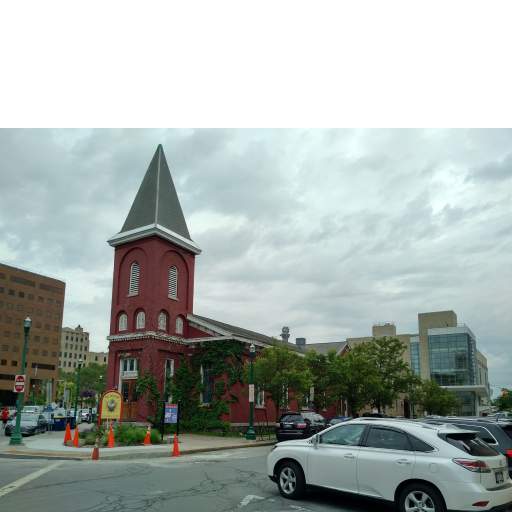
Weslyan Chapel
Built in 1845, this former Underground Railroad station and center for reformist activism is now a popular Mexican restaurant.
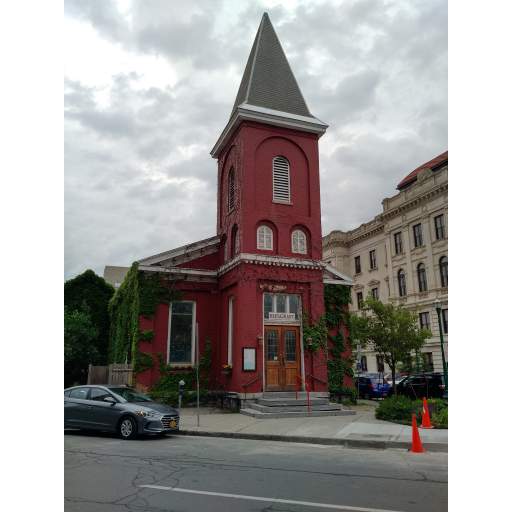
Wesleyan Chapel, closer view
A closer view of the former Wesleyan Chapel.
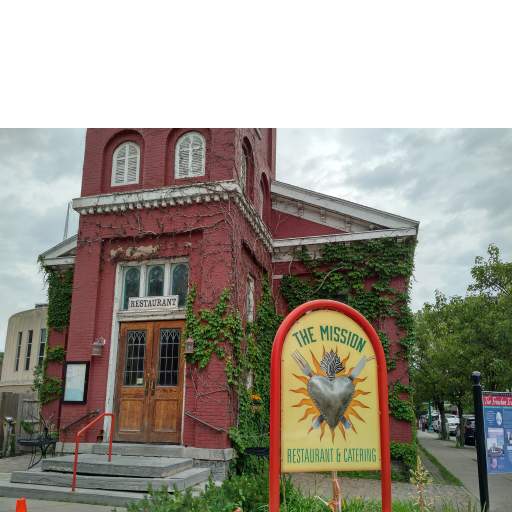
Wesleyan Chapel, detail
Signage for the popular Mission Restaurant. (The frame to the left of the front door displays its menu.) Syracuse Freedom Trail signage is partly visible at far right; next photo offers a detail view of this signage.

Syracuse Freedom Trail Sign
This Syracuse Freedom Trail sign further details the abolitionist history of the former Wesleyan Church.
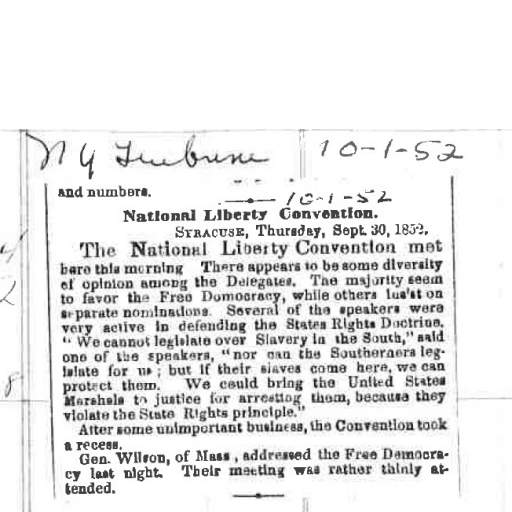
National Liberty Convention news clipping
This October 1, 1852, article from the New York Tribune briefly describes the actions of the National Liberty Convention. Image courtesy of Onondaga Historical Association.
Associated Causes
Associated Historical Events
National Liberty Convention
September 30, 1852
